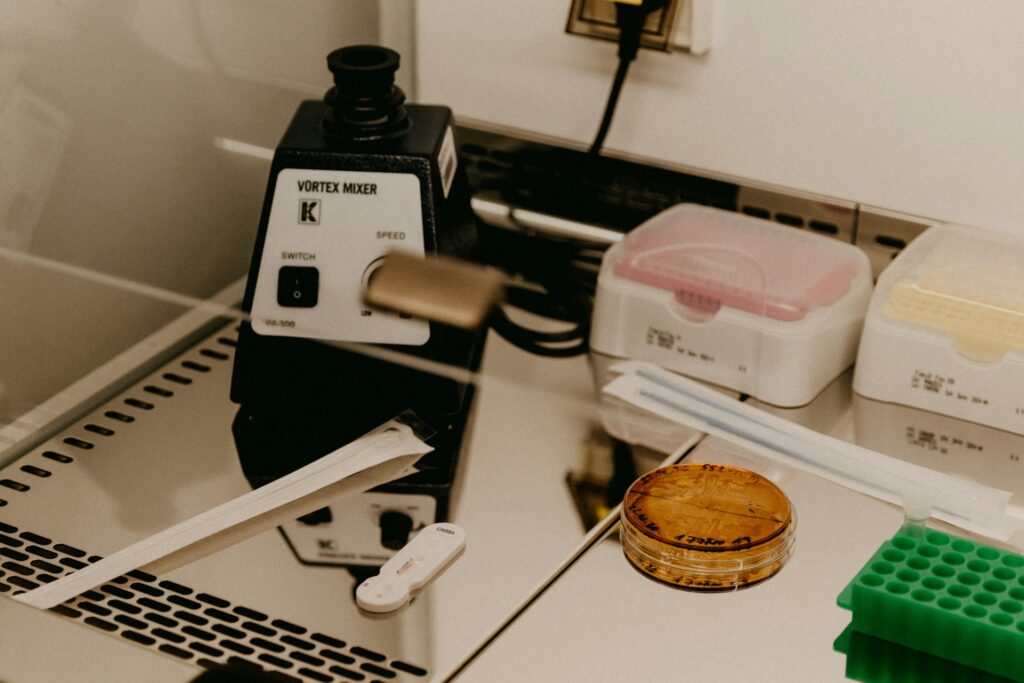Lately, quantum technology has brought a major computing breakthrough to computational chemistry, and one that has the potential to radically change how molecular structures are analysed and how drug candidates are designed. A new and innovative quantum software has been developed by Terra Quantum in collaboration with RWTH Aachen University, which it says speeds up complex chemistry research processes by up to 20 times over traditional methods.
The key innovation, however, is applying a tensor network based approach for optimising this ‘conformer searches’, a pivotal computational step used to identify the most stable 3D structure of any molecule. Unlike prior tools that rely on having access to huge training datasets, this new approach does not require prior data, which makes it especially well suited to circumstances lacking plentiful molecular datasets.
“Being able to explore a wider chemical space could allow for significant acceleration in the drug design process by reducing the time needed to find a drug candidate most likely to be successful,”
said Markus Pflitsch, CEO and founder of Terra Quantum. This kind of efficiency boost could significantly lower costs in drug development, which can run as high as ![]() 2 billion per approved drug, much of which is spent on the long and costly clinical trial phases.
2 billion per approved drug, much of which is spent on the long and costly clinical trial phases.
Dr. Christoph Bannwarth, a professor of Quantum Chemistry at RWTH Aachen University, emphasized the broader implications of the new approach:
“With the tensor train-based optimisation, conformer sampling of molecules can be significantly accelerated, compared to the state-of-the-art approaches in the field. This opens up opportunities to treat large molecules that would otherwise lead to an explosion in the computational costs,”
he said, highlighting the method’s potential to analyse larger and more complex molecules.
Dr. Roman Ellerbrock, Head of Applied Research in Chemistry at Terra Quantum, elaborated on the unique aspects of this approach:
“Tensor train optimisation for conformer search offers a physics-driven approach, unlike many machine learning-based methods that rely on large datasets,”
he noted, pointing out that their method
“finds highly accurate conformers with significantly fewer function evaluations than competing optimisation techniques, delivering substantial speed-ups and a data-independent solution”
This offers faster routes to clinical trials for industrial applications, fewer time and cost associated with launching new therapeutics, are factors that are crucial in the sometimes ruthless world of pharmaceuticals. According to the research team, next comes scaling the method to handle even bigger molecules and incorporating it into protein binding affinity calculations workflows as well.
As companies and research teams push the boundaries of quantum computing, developments like this underscore the vast potential of the technology beyond just speed and efficiency.
“Our method can unlock new research potential in both drug discovery and materials science by overcoming the computational limitations that have previously constrained us,”
Markus Pflitsch stated, indicating that the implications for other fields could be just as transformative.
The promise of accelerated drug development, and together a wider chemical space to explore, might just lay behind the magic of the next generation breakthroughs in chemistry and beyond with quantum software.

Hassan graduated with a Master’s degree in Chemical Engineering from the University of Chester (UK). He currently works as a design engineering consultant for one of the largest engineering firms in the world along with being an associate member of the Institute of Chemical Engineers (IChemE).



